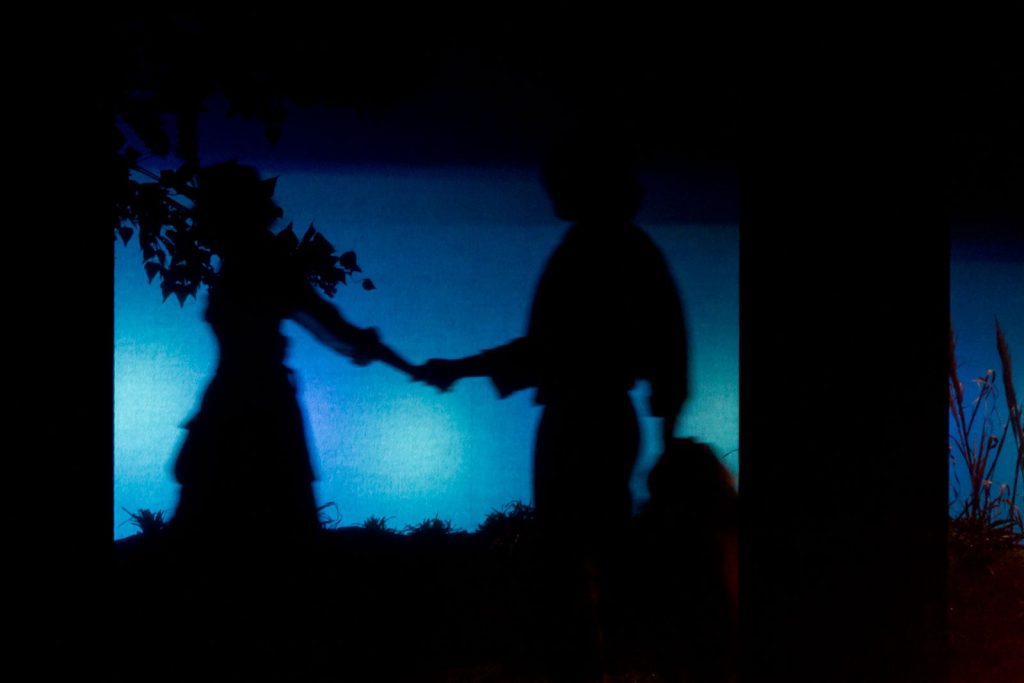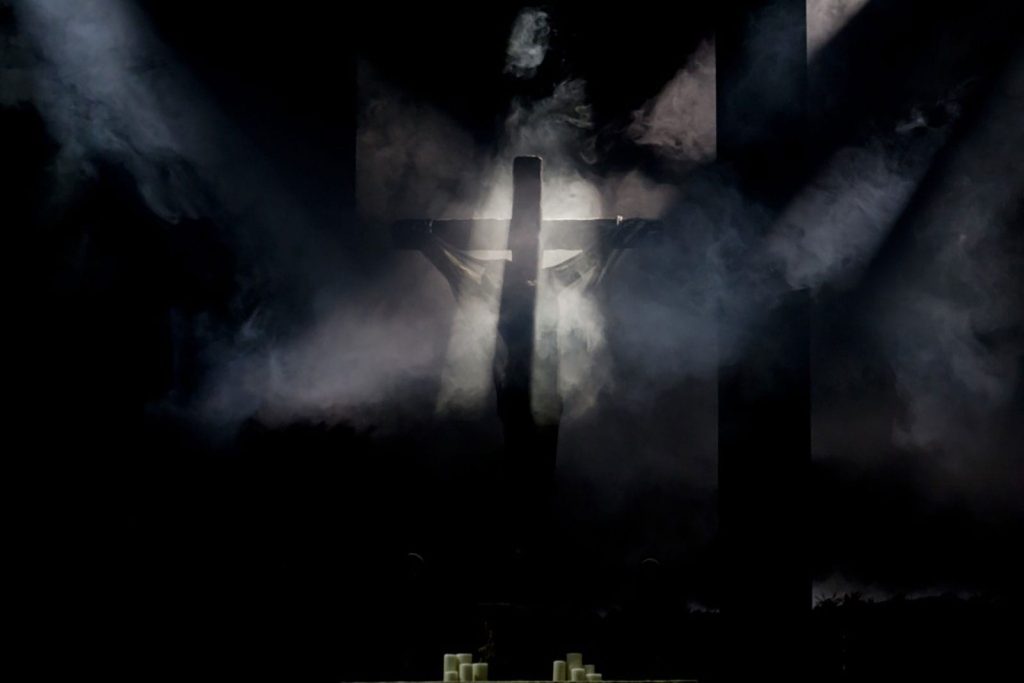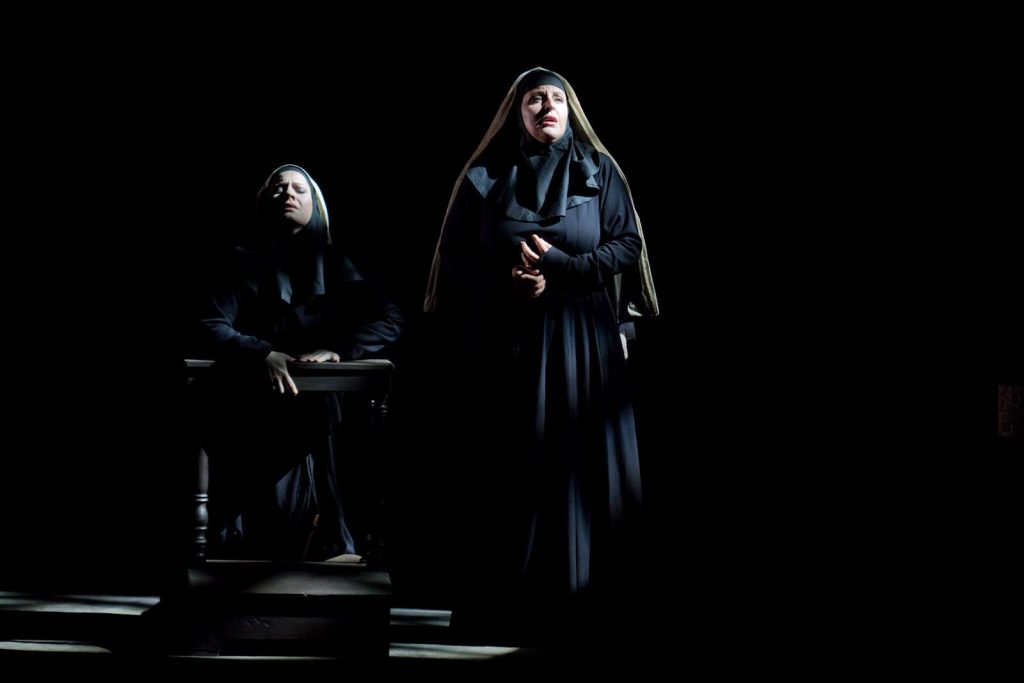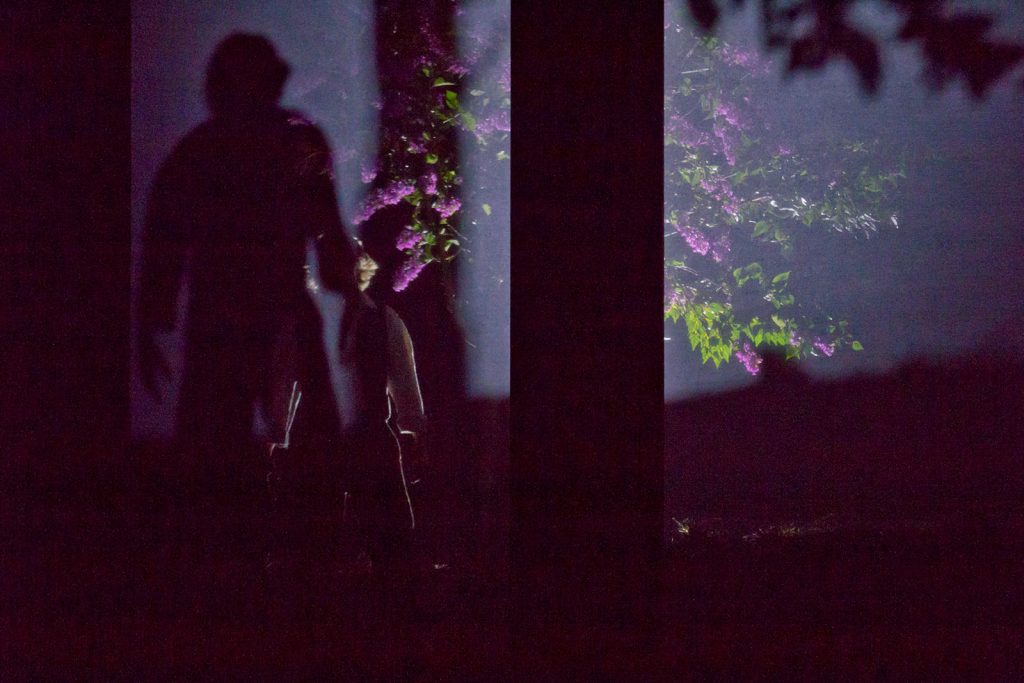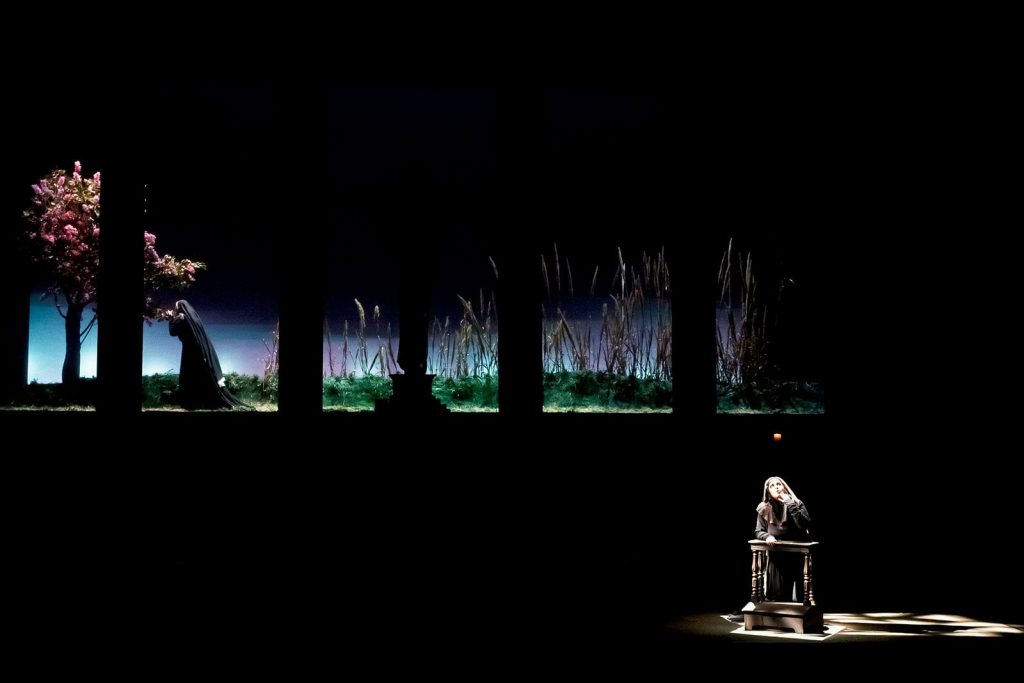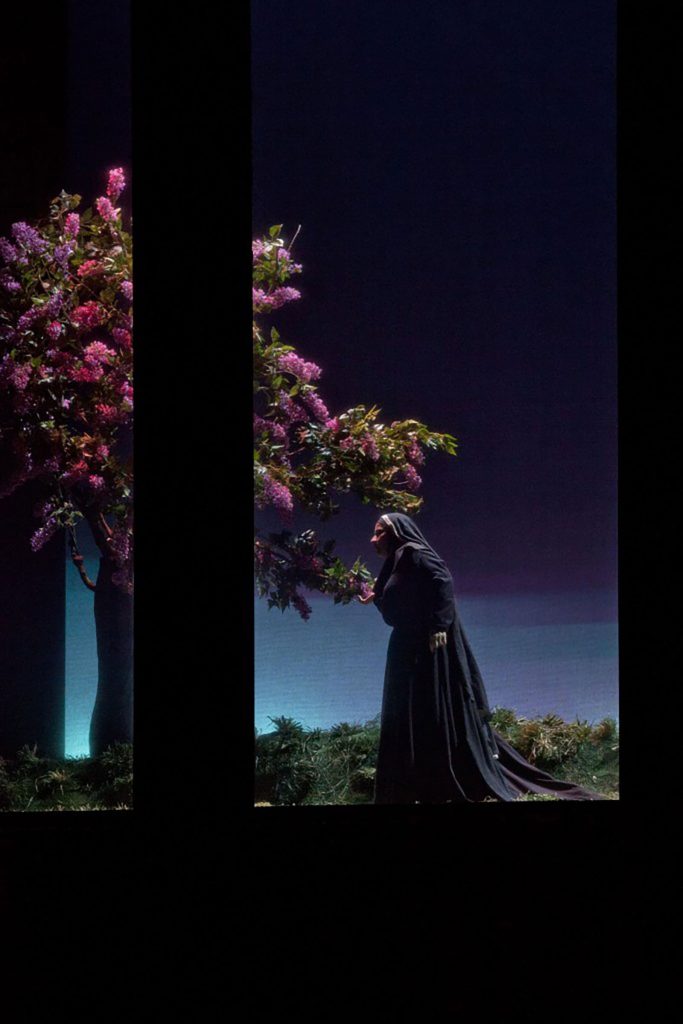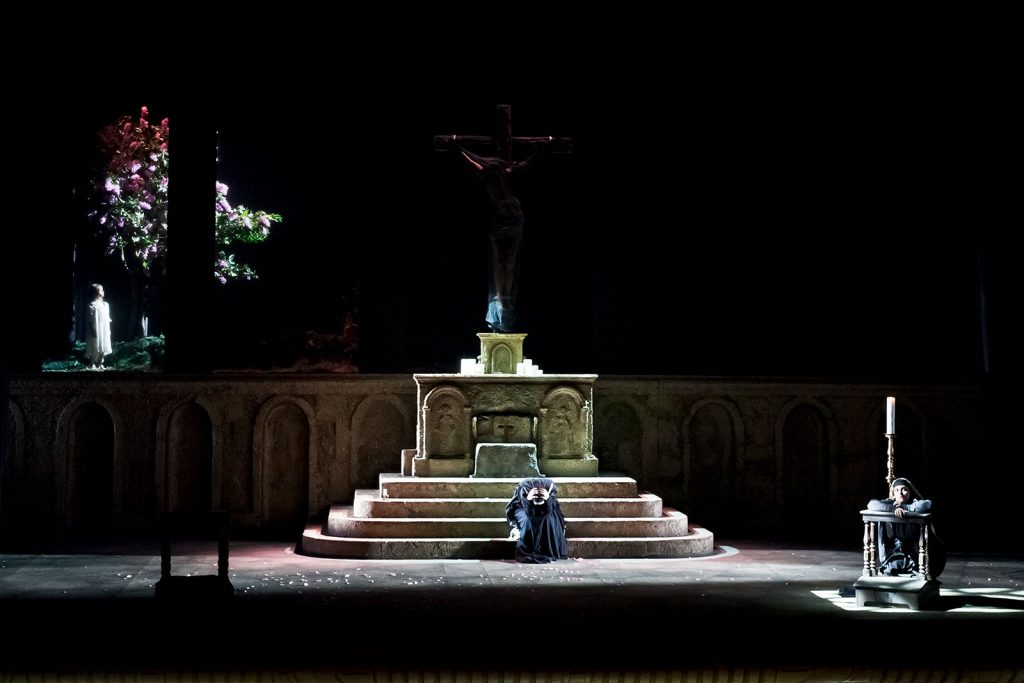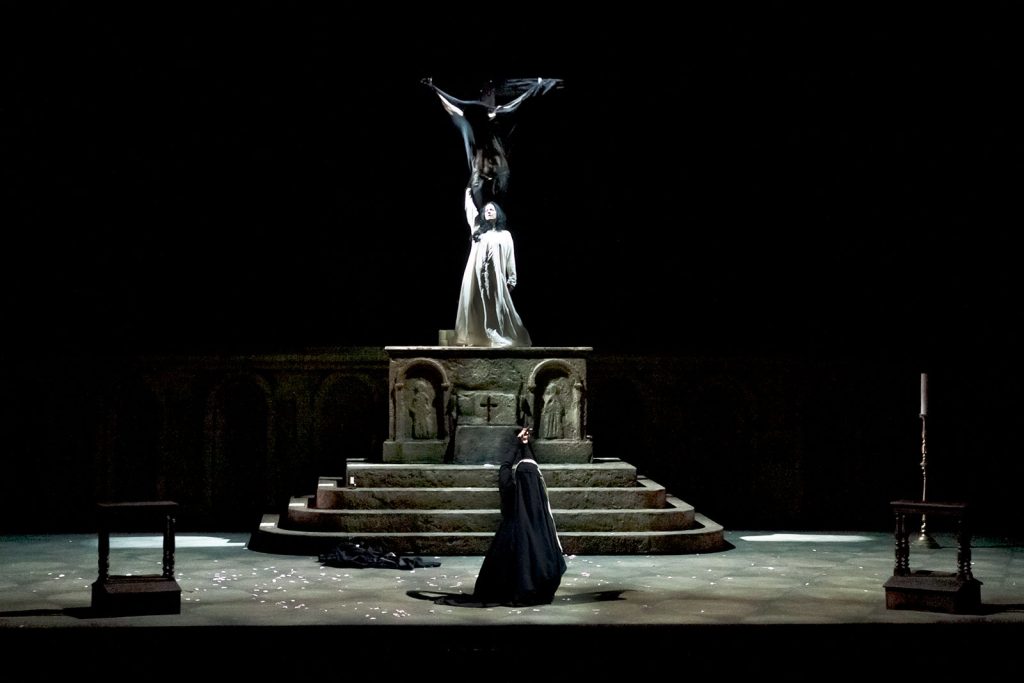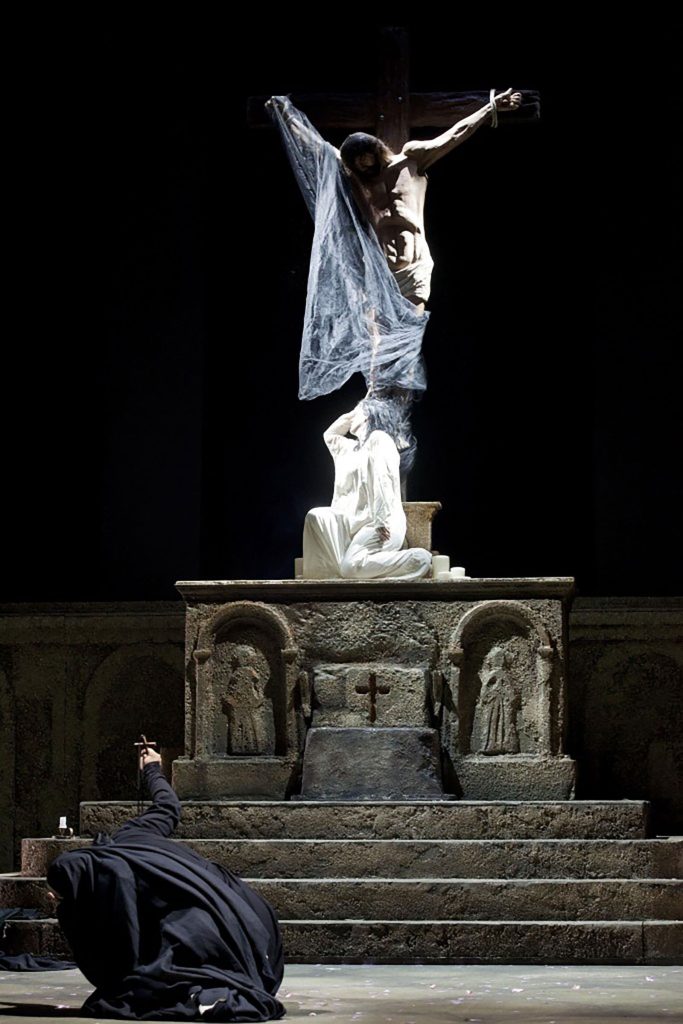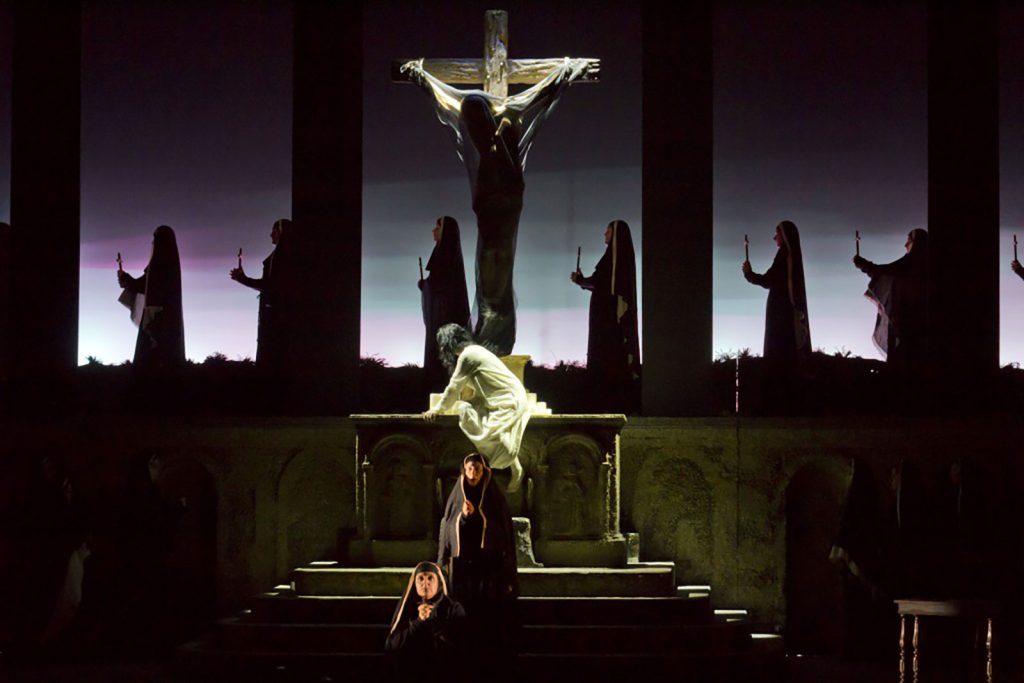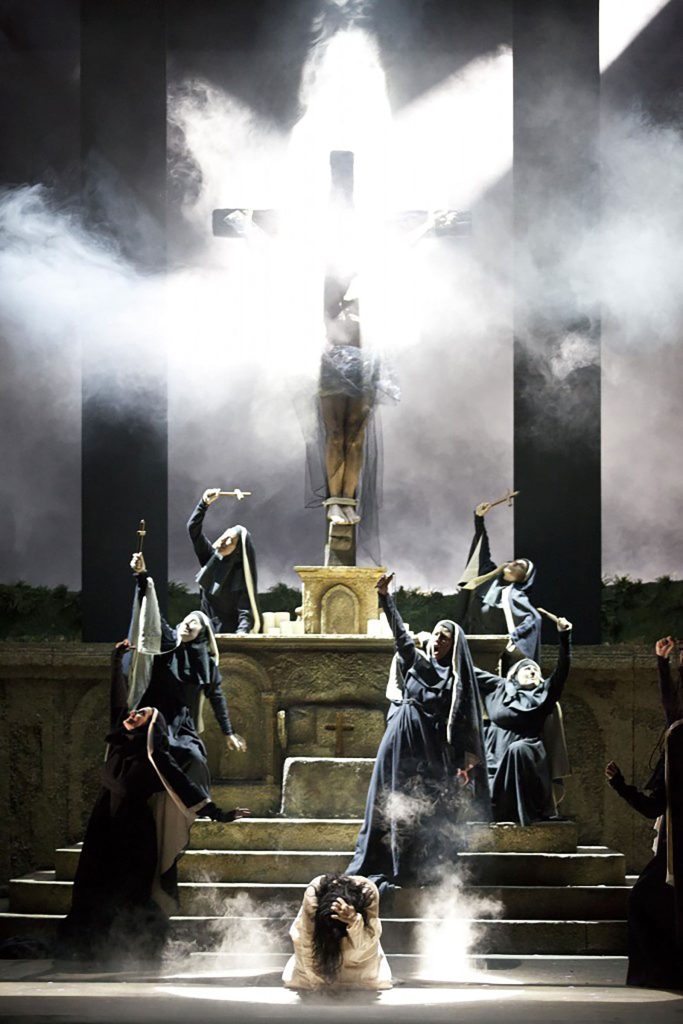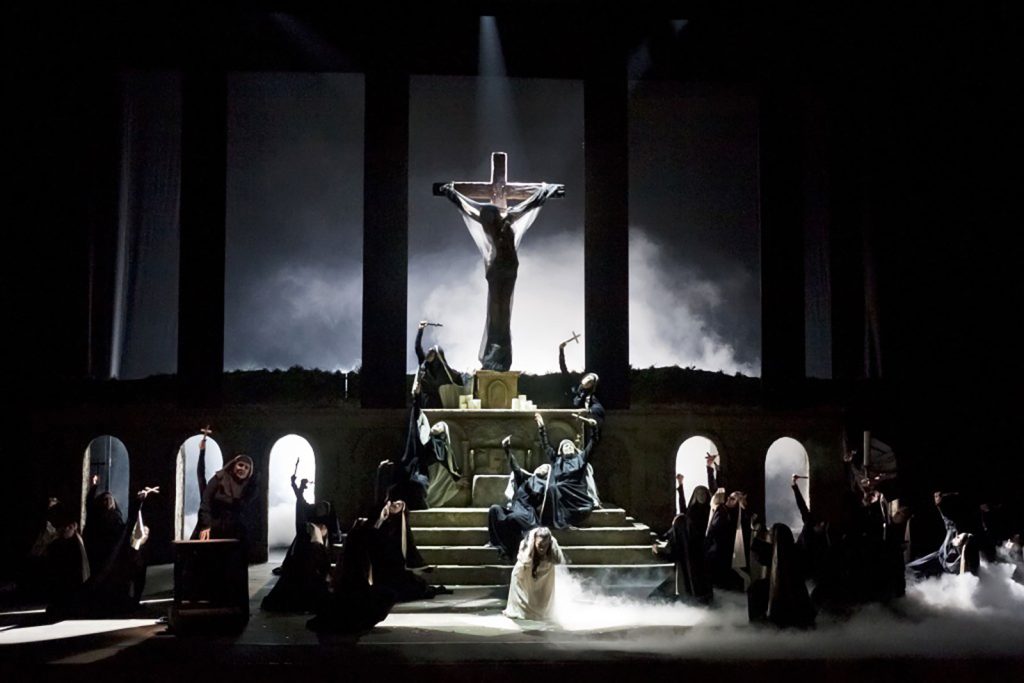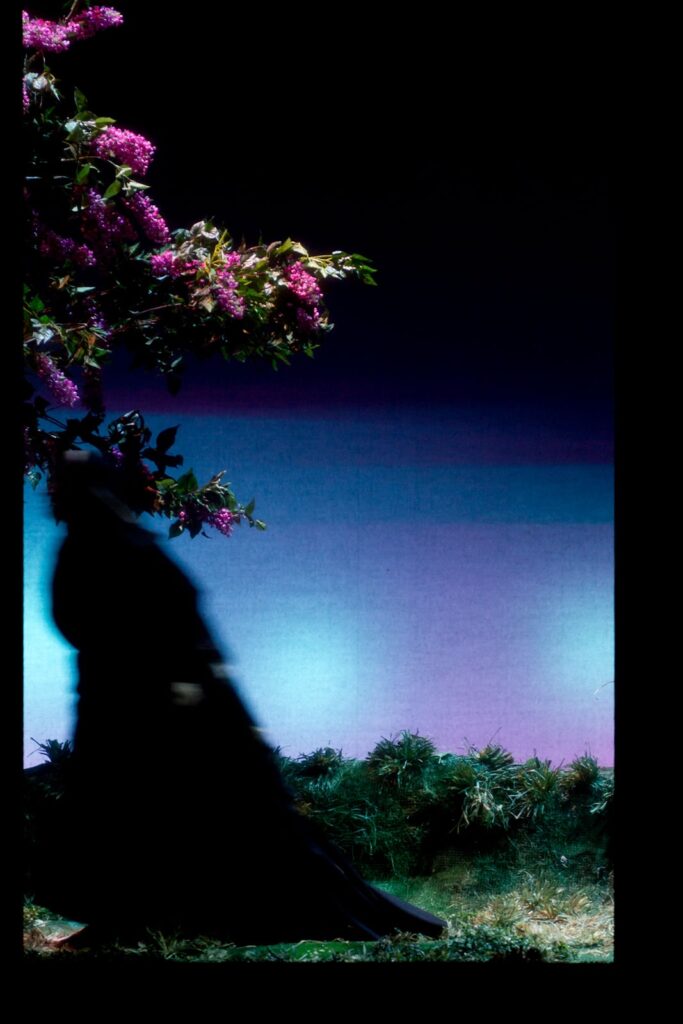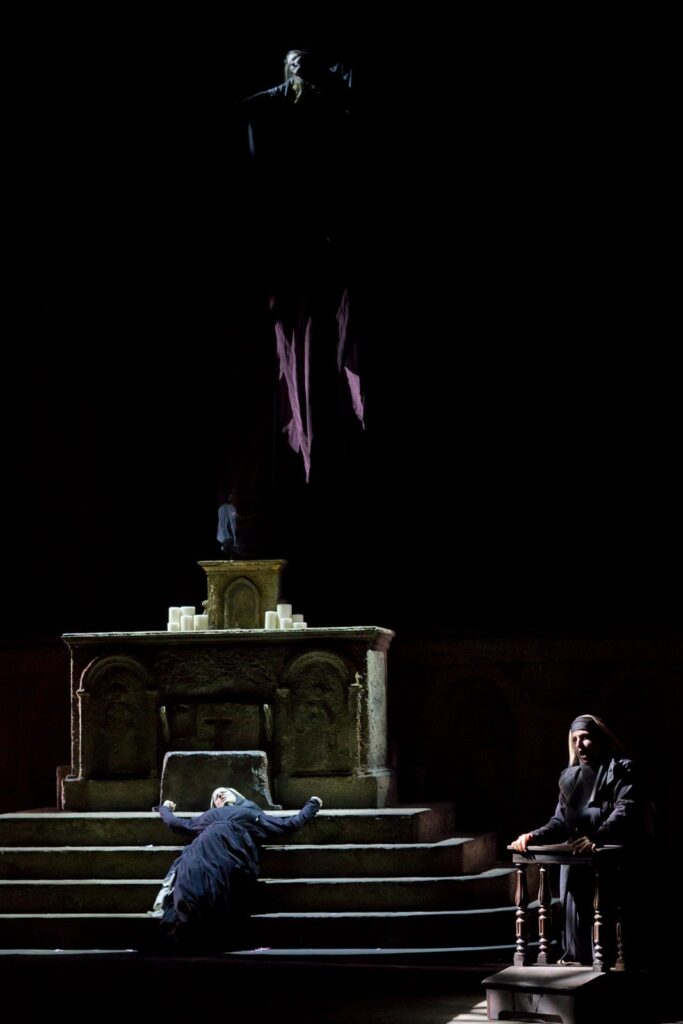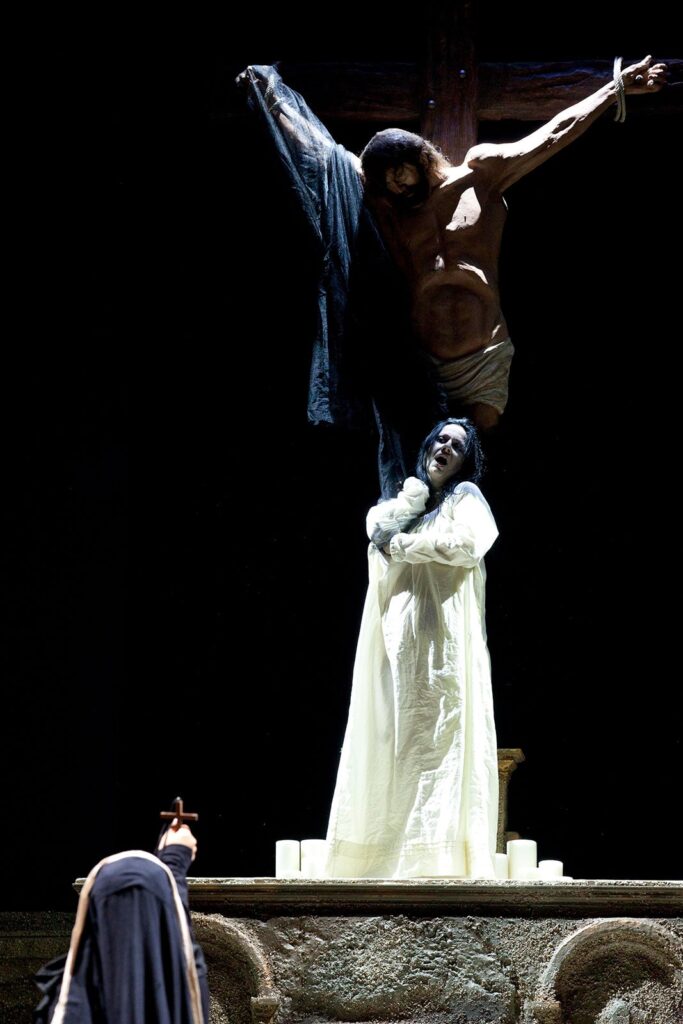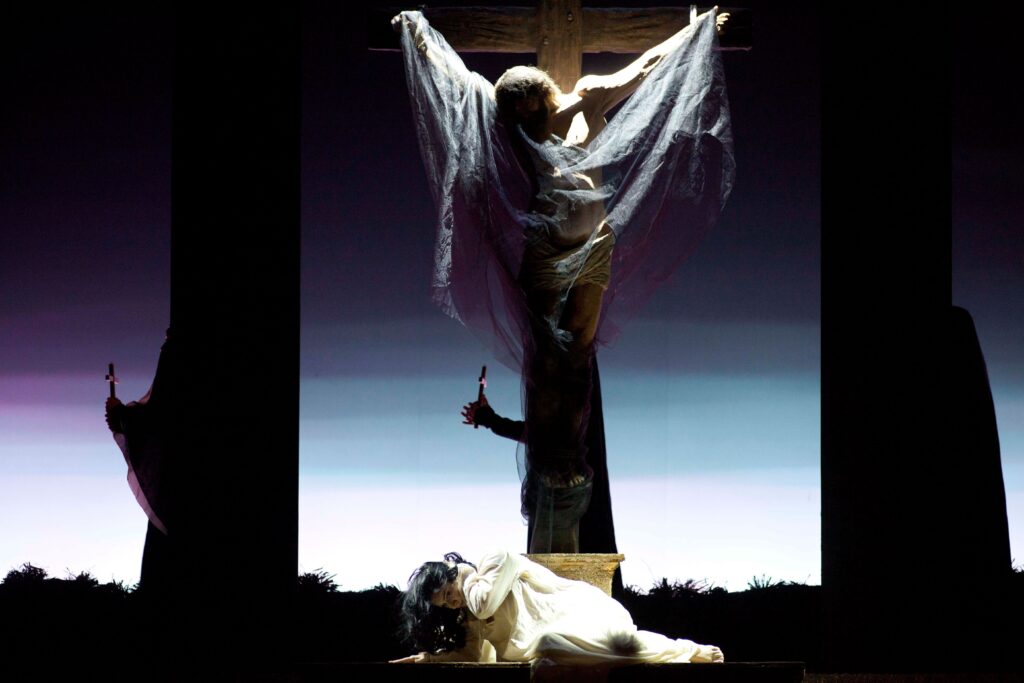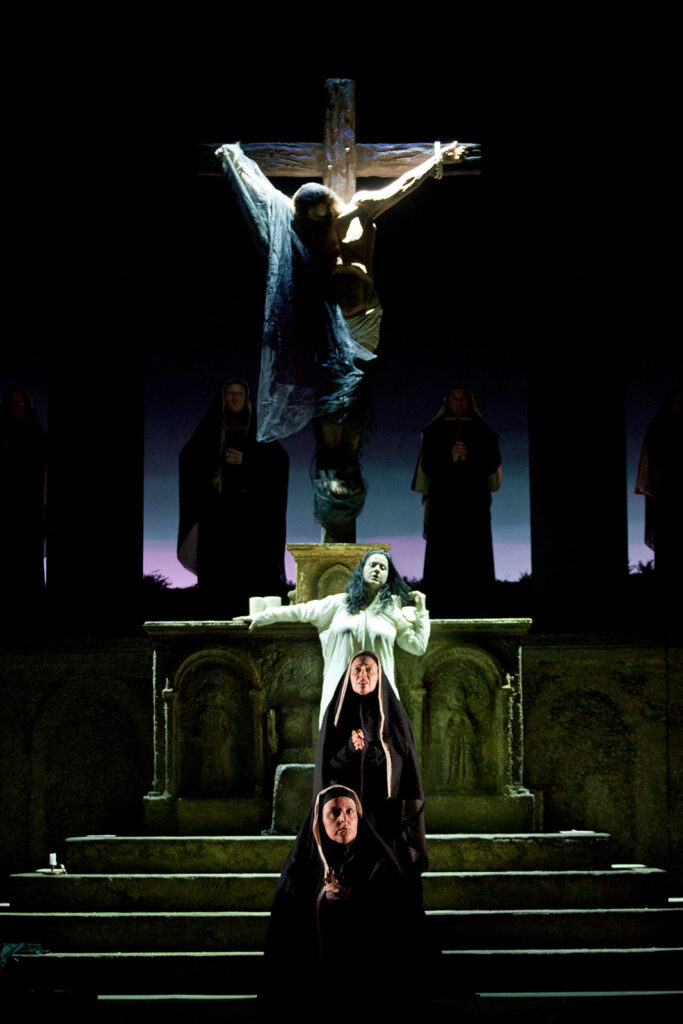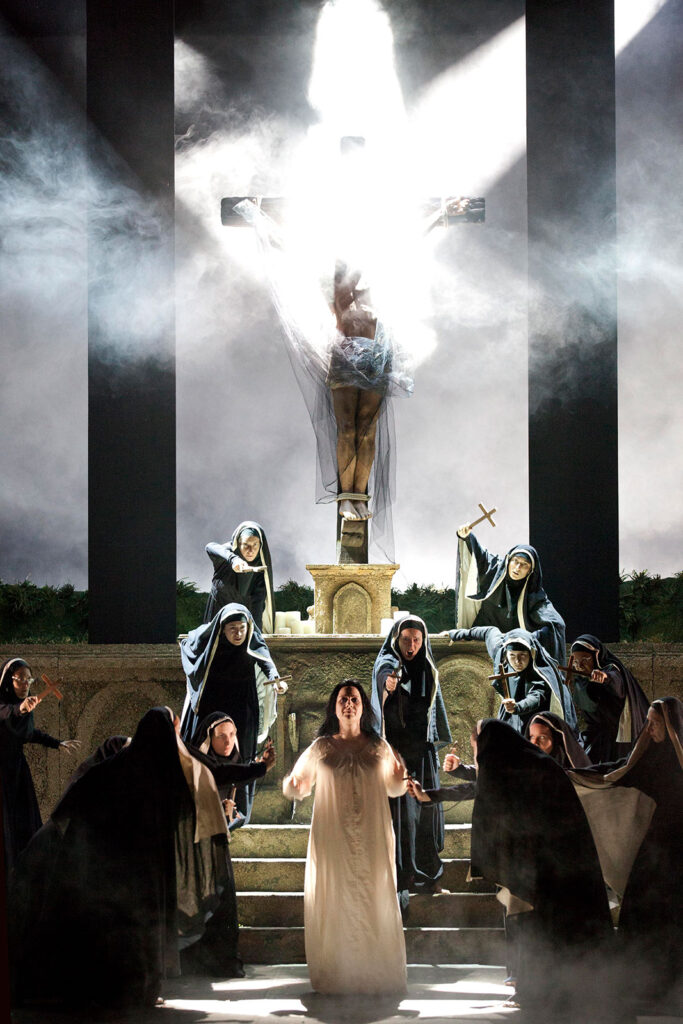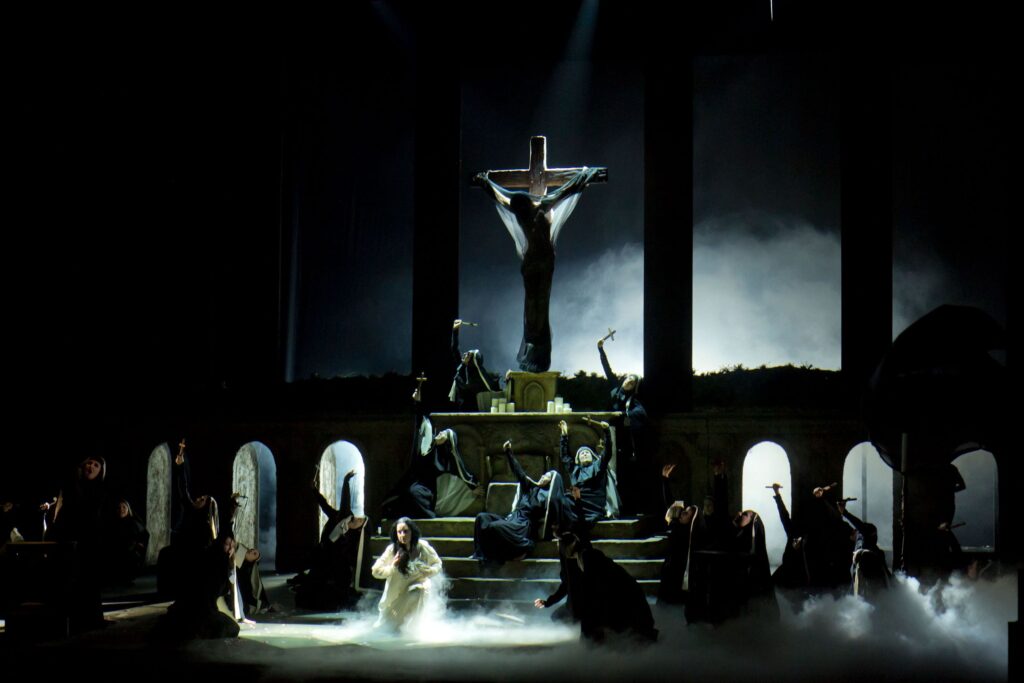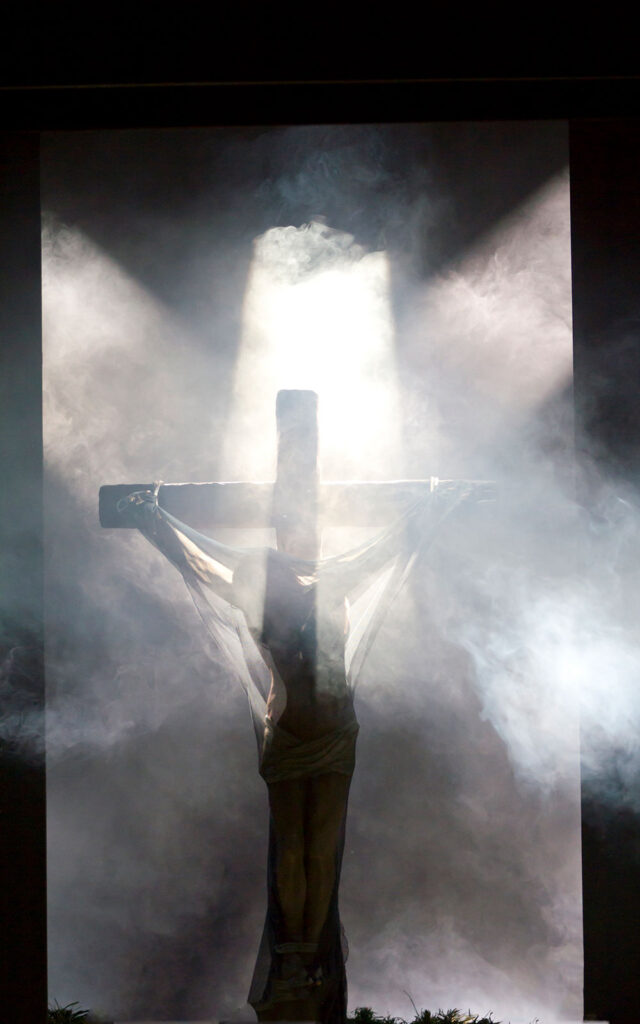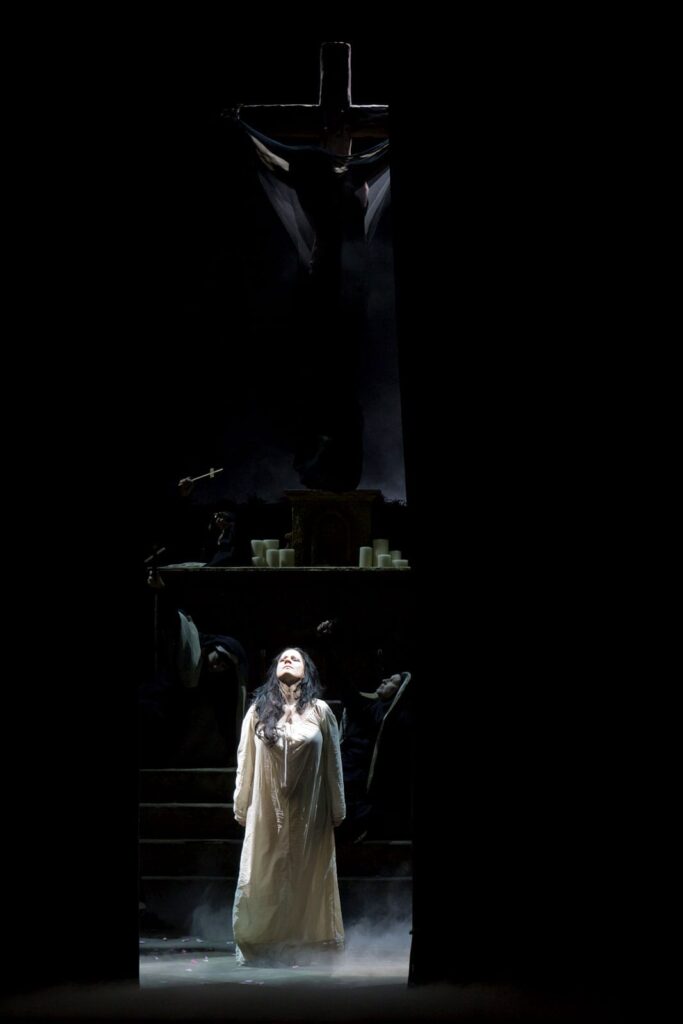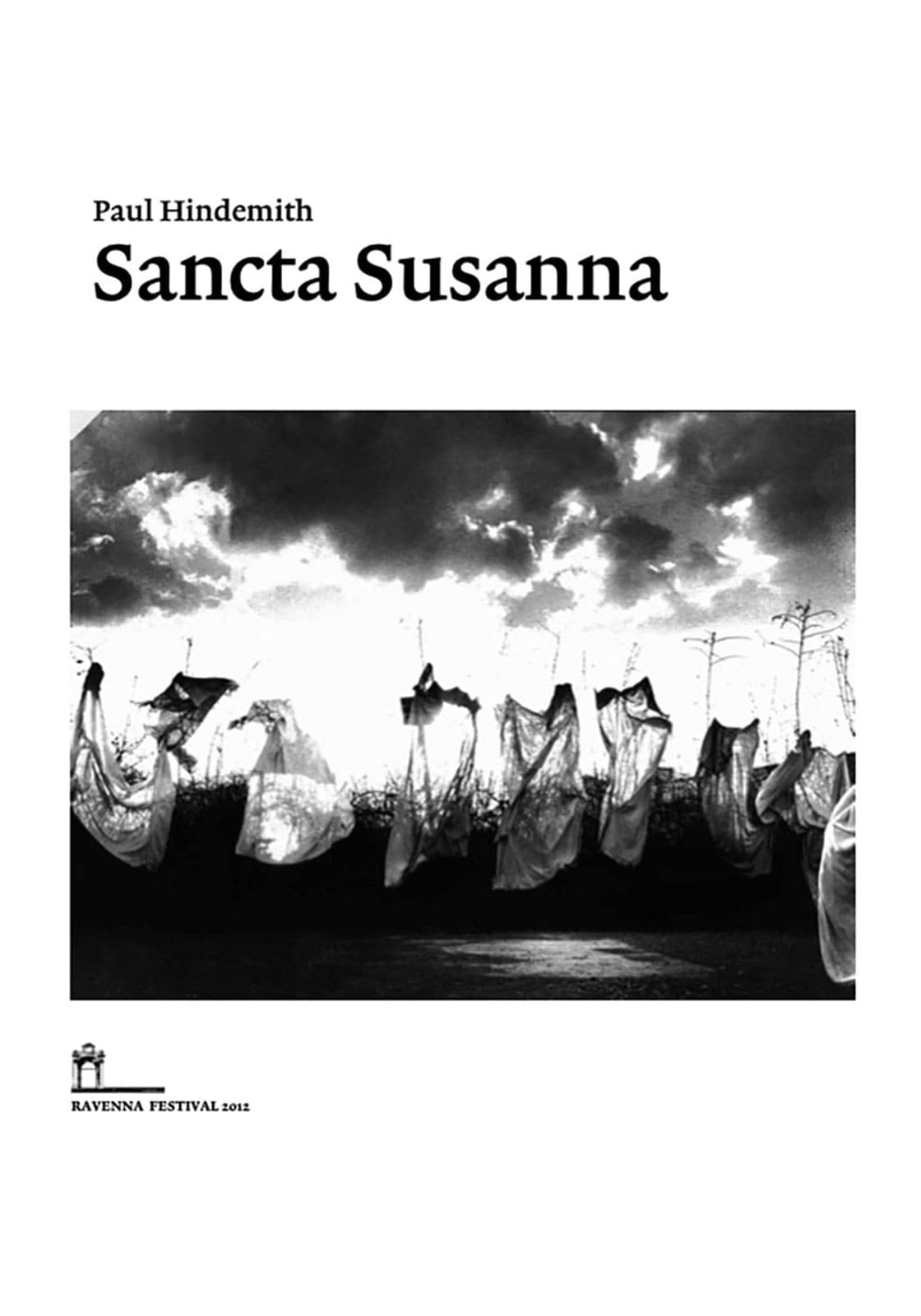
27 Jun Sancta Susanna

SANCTA SUSANNA by Paul Hindemith
Teatro Alighieri di Ravenna
One-act opera op. 21, text by August Stramm
Susanna
Csilla Boross
Klementia
Brigitte Pinter
The old nun
Annette Jahns
A maid
Anahì Traversi
A servant
Igor Horvat
First apparition
Catherine Pantigny
Second apparition (child)
Virginia Barbanti
Conductor
Riccardo Muti
Director
Chiara Muti
Set design
Leonardo Scarpa
Costumes
Alessandro Lai
Lighting
Vincent Longuemare
Assistant director
Maddalena Maggi
Stage director
Giordano Punturo
Stage manager
Elisa Cerri
Assistant conductor
Davide Cavalli
Supertitles conductor
Marcello Mancini
Head tailor
Anna Tondini
Tailor
Marta Benini
Head hairdresser
Denia Donati
Head makeup
Mariangela Righetti
Scenography and props
Scene Workshop of Leonardo and Marco Scarpa, Toscanella (Bo)
Costumes and shoes
Tailoring Workshop of the Rome Opera Theatre
LUIGI CHERUBINI YOUTH ORCHESTRA
Melodi Cantores
Choir Master Elena Sartori
Directorial Notes
Judgment, freedom, and forgiveness: these are the words that, for me, capture the essence of this opera. The search for freedom that translates into the impossibility of repressing nature, and the necessity of forgiveness. That forgiveness Susanna pleads for, confessing her human weakness, which her fellow sisters deny her, thus failing Christ’s teaching…
Let us imagine life in the convent… Susanna is young, she is beautiful. She lives her faith with passion: the intensity with which she fasts, prays, and meditates sets her apart
from the other sisters. And with the same intensity, she lets herself be overwhelmed by the awakening of her senses, by the impulses of her young body: like all great figures in history, she does not know the obviousness of everyday life, every gesture of hers is pushed to the extreme.
It is in the long dialogue with Clementia that we grasp her strength and her “difference”: Clementia is the one who lacks courage, who lives off the lives of others, who would have wanted to but never dared.
She represents the mediocre pettiness of convention that condemns anyone who dares to rise above it… It is no surprise that it is Clementia who pushes Susanna to the ultimate act, recalling the ancient sin of Beata, and her suffering which still seeps from the convent walls… so many innocents buried among those stones…
In Hindemith’s composition, sublimated by Stramm’s libretto, there is so much theatrical force and tension… You only have to let yourself be guided… temptation, impulse, hallucination, vibration… it’s all there in the music; within it lies the secret meaning of the stage action and the narrative. It is through the music that the garden, with its tempting smells and colors, infiltrates the convent at dawn, that spring garden embodied by the presence of the maid, in her simple, candid, and “natural” way, capable of striking Susanna, undermining the certainty of her knowledge, and dragging her into the abyss of desire. And it is again in the music, in the excited crescendo of an intense progression, that we read in the finale her desperate plea for help and forgiveness. Then we reach the noble humility with which, faced with the blind and inhuman refusal to understand from the other sisters, she chooses her own fate, removing herself from the judgment of those without mercy.
Thus, before the cross around which the human drama unfolds and which nothing and no one can deface, the fierce cry “Satan!” hurled against Susanna turns back on the sisters, crushing them into dust, while she, “sancta,” finds the light of redemption…
Because it is not given to men to judge…



